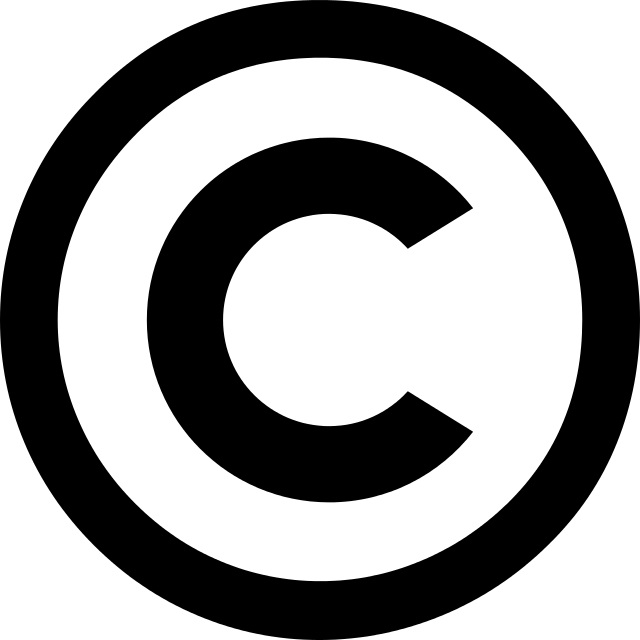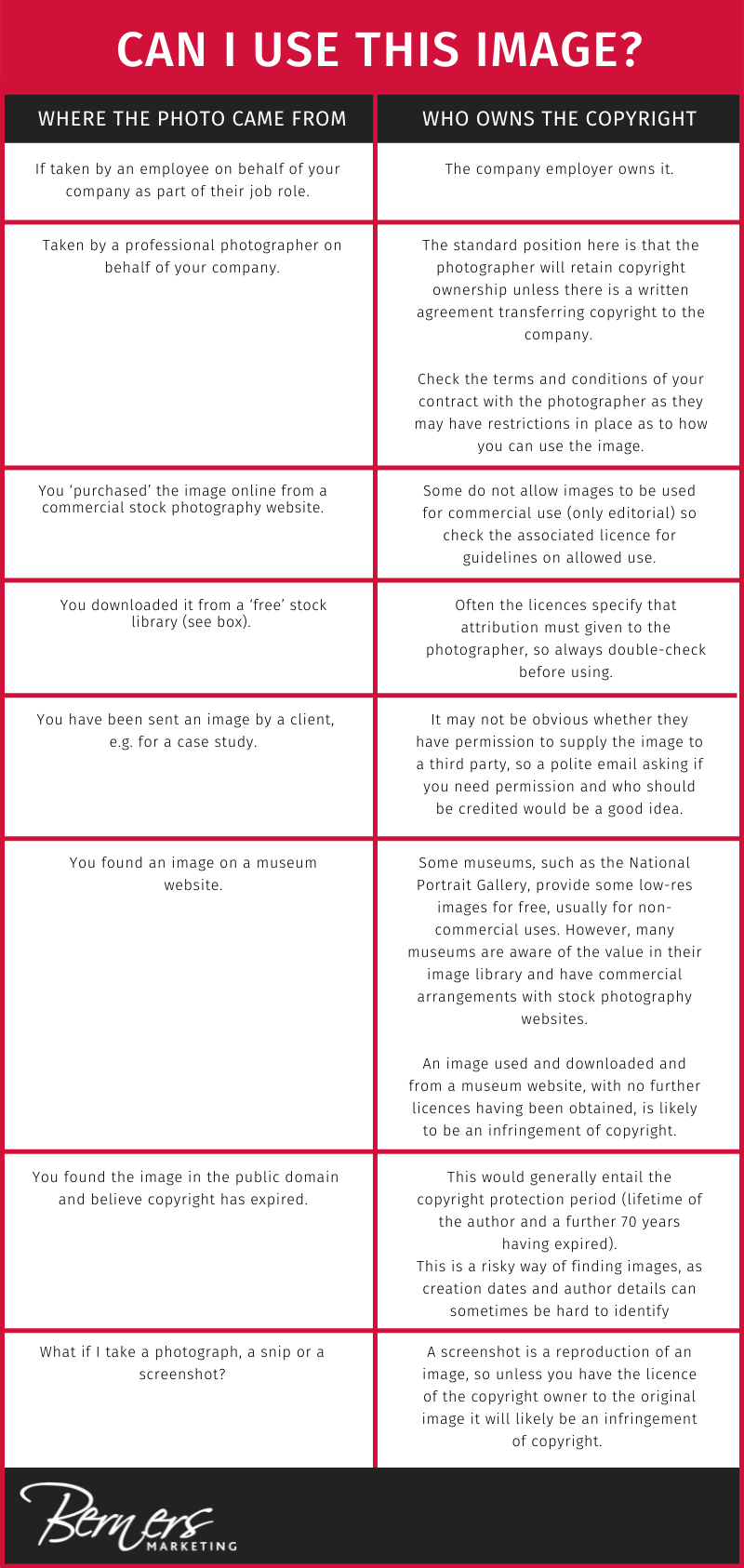Keeping your images in order (first published by PM Magazine)
18th February 2022
First Published in PM Magazine, January 2022 (www.pmforum.co.uk)
Images are a vital part of your content marketing; they inject life into your blog, add colour to your corporate social media feed and studies have shown posts perform better, are shared more often, and see more engagement when paired with relevant, high quality images.
But is it OK to simply copy and paste an image from the internet? During Black History Month I was sent lots of photos by enthusiastic lawyers keen to highlight people they admired, but I lost track of the number of times I had to go back and say ‘look we can’t use this without permission’ or ‘we need to pay to use this’.
I assume there was a copyright module in their legal studies, but this was long forgotten, and many of us who have never studied law may well be a bit hazy about what sort of photographs we can and cannot use.
It is always good to refresh our knowledge, and so I enlisted the help of two solicitors who are experts in image rights protection: Samuel O’Toole and William Miles from the intellectual property firm Briffa to answer some common questions.
Copyright, what is it?
 Copyright is a form of intellectual property right which protects (amongst others) original literary and artistic works. It arises automatically, so does not require a registration to protect it (like a trade mark). In the case of a photograph: once that shutter button is clicked, copyright will be created and most often owned by the camera operator as an original artistic work.
Copyright is a form of intellectual property right which protects (amongst others) original literary and artistic works. It arises automatically, so does not require a registration to protect it (like a trade mark). In the case of a photograph: once that shutter button is clicked, copyright will be created and most often owned by the camera operator as an original artistic work.
Copyright gives the owner the exclusive right to:
- reproduce the image;
- create derivative works;
- distribute copies of the image (selling, renting, leasing, or lending); and
- publicly use or display the image.
It may be indicated by the © symbol but it is not a requirement, and if you cannot see the © symbol this doesn’t mean that copyright does not exist.
Who owns the copyright?
Copyright is usually owned by the author of the work unless there is an employer/employee relationship, in which case it will be owned by the employer. For example, if it is part of your job description to take photos of new joiners.
Copyright will last the life of the photographer plus 70 years, and the owner has the exclusive right to prohibit third parties from making copies of the copyright work.
Therefore, if you are reproducing a photograph or image without the permission of the copyright owner, this is very likely to be an infringement of copyright.
A few bits of jargon
Some terms to be aware of include:
- Fair dealing - permits limited use of copyrighted material under various ‘exceptions’ such as for criticism and review which applies to all types of copyright work including images without having to acquire permission from the copyright holder - for example, such as using to illustrate a point in training material.
- Creative commons – this is a licence platform for the reproduction of copyright works. Authors can designate their works as being free to use under the creative commons licence - usually as a way to get their work noticed, they choose not to enforce all of their rights on a few of their images. There are different creative commons licences and so it is important to check the terms of the licence. One key requirement of all creative commons licences is attribution. Creative commons has a really good Wiki (https://wiki.creativecommons.org/wiki/Main_Page) and we would recommend you checked this out before making any use of a creative commons copyright work.
- Public domain – in some cases, images may be considered to be in the public domain and therefore free to use without any attribution or acknowledgement of the original creator – although this would require the copyright to have expired (and so the image is likely to be older than 70 years).
Can I use this image?
The first question to ask yourself before using an image is ‘do I know who created it and who the copyright belongs to’? Even if an image does not have a caption, alt tag or watermark with a copyright notice, it is still protected by law.
Here is a summary of the most common sources that we might use in marketing professional services:

What are the risks of copyright infringement?
Copyright infringement is a civil offence meaning the courts can order damages for compensation for historical infringement and injunctions to prevent future infringement. In some circumstances, copyright infringement can even amount to a criminal offence.
In 2015, a patent attorney in Washington DC was fined $8,000 for the unauthorised use of photographs from Masterfile. More recently and in the UK, Hayes Connor (a law firm) agreed to pay £45,000 in damages, in addition to legal costs, for infringing the copyright in another law firm’s letters.
Train your staff
The easiest way to avoid any mistakes being made, or to risk any legal implications is to educate your marketing staff in the basics of copyright, particularly the person who is responsible for choosing images and uploading content.#
Free image sources:
Here is a list of sites where you can find royalty and license-free images to illustrate your articles and social media posts – but remember to check their Ts & Cs and attribution policy:
- Burst
- Free Images
- FreeRange
- Gratisography
- LibreShot
- Foca Stock
- Pexels
- Picography
- Pixabay
- Shot Stash
- StockSnap
- Unsplash
- Wikipedia Creative Commons
Carrie Hodgkins is a digital marketing and content executive at Berners Marketing and Samuel O’Toole and William Miles are solicitors from the intellectual property firm Briffa. They are very friendly lawyers and kindly offer a free consultation to members of PM Forum if you have any copyright questions or queries.
Back to Blog